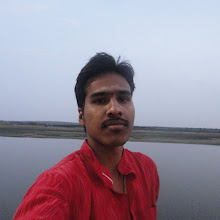Subrahmanyan Chandrasekhar was born in Lahore on October 19, 1910. His father C. Subrahmanyan Iyer was in Government Service. C.V. Raman, the first Indian to get Nobel Prize in science was the younger brother of Chandrasekhar's father. Chandrasekhar grew up in Madras (now Chennai). He went to a regular school when he was eleven. He joined the Madras Presidency College in 1925 where in the first two years he studied Physics, Chemistry, English and Sanskrit. On July 31, 1930 Chardrasekhar left for England for higher studies and thus began a long and outstanding scientific career which spanned 65 years. Except for the first six years he worked at the University of Chicago.
He is best known for his celebrated discovery of Chandrasekhar Limit. He showed that there is a maximum mass which can be supported against gravity by pressure made up of electrons and atomic nuclei. The value of this limit is about 1.44 times a solar mass. This was derived by Chandrasekhar in 1930, when he was a student. The Chandrasekhar Limit plays a crucial role in understanding the stellar evolution. If the mass of a star exceeded this limit, the star would not become a white dwarf. It would continue to collapse under the extreme pressure of gravitational forces. The formulation of the Chandrasekhar Limit led to the discovery of neutron stars and black holes. It may be noted that stars are stable, that is they do not collapse because internal pressures (due to the thermal motion of the atomic nuclei and electrons and also the pressure of the radiation generated by nuclear reactions) balance gravity. However, for every star a time will come when nuclear reactions will cease and that means there will be no internal pressure to match the gravitational pull. Depending on the mass there are three possible final stages of a star - white dwarf, neutron star and black hole. Chandrasekhar was awarded (jointly with the nuclear astro_physicist W.A. Fowler) the Nobel Prize in Physics in 1983 While Chandrasekhar is best known for Chandrasekhar Limit, for him there was no limit. As mentioned earlier his work spanned physics, astrophysics and applied mathematics.


















0 comments:
Post a Comment